Seat belts both protect and help you stay in control
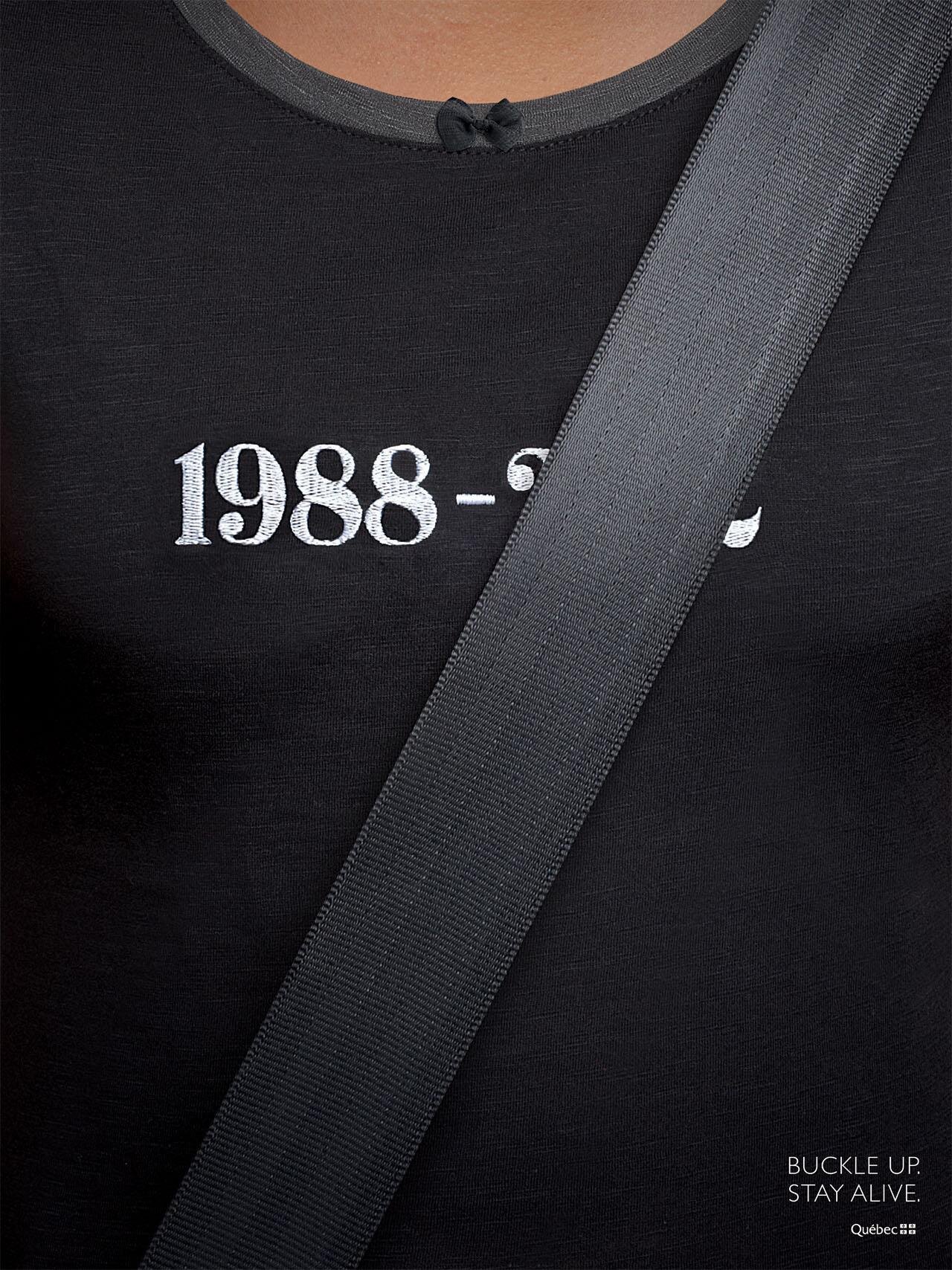
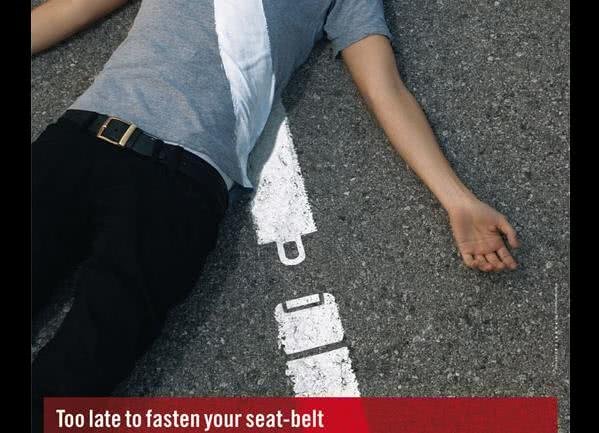

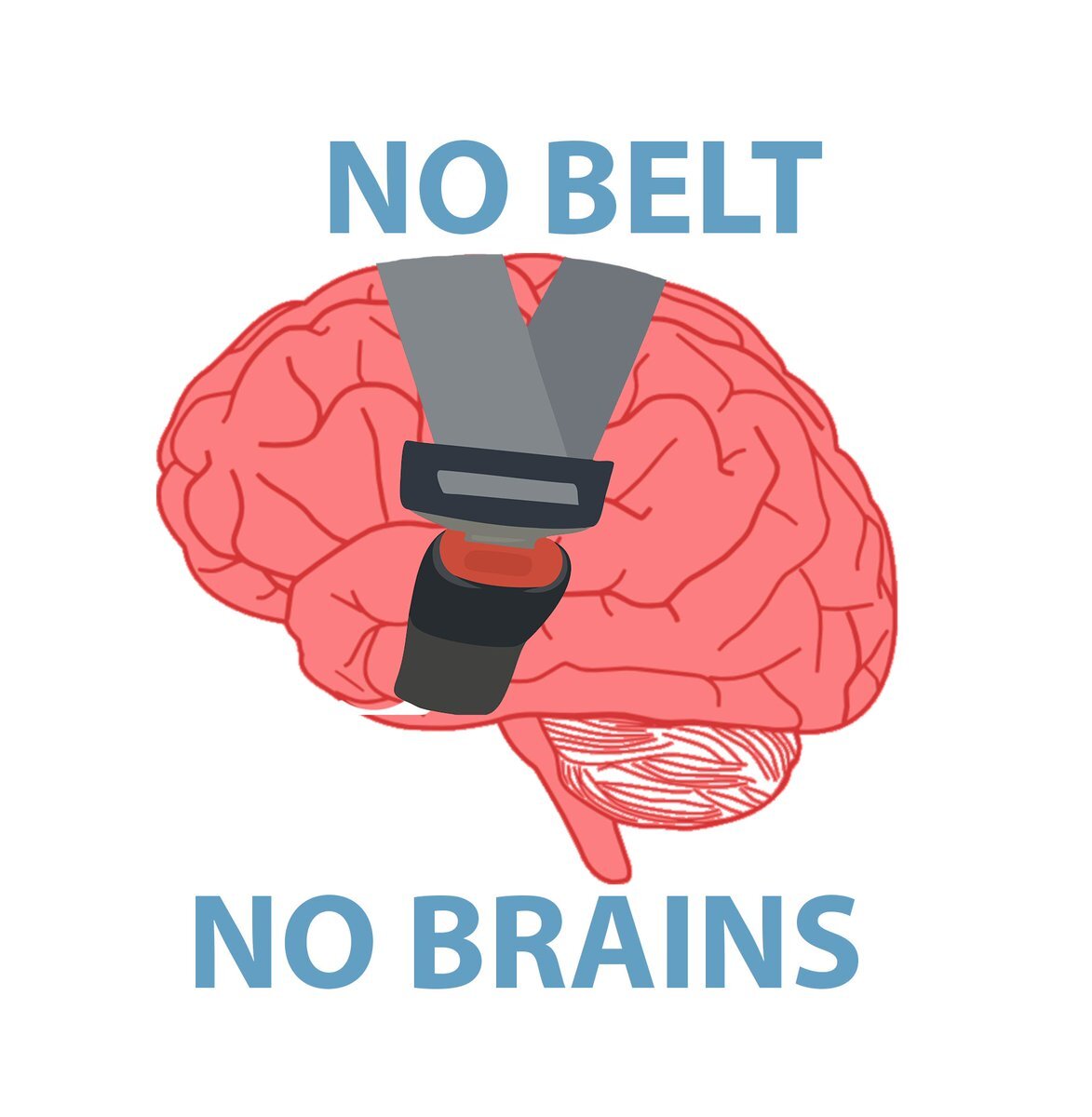
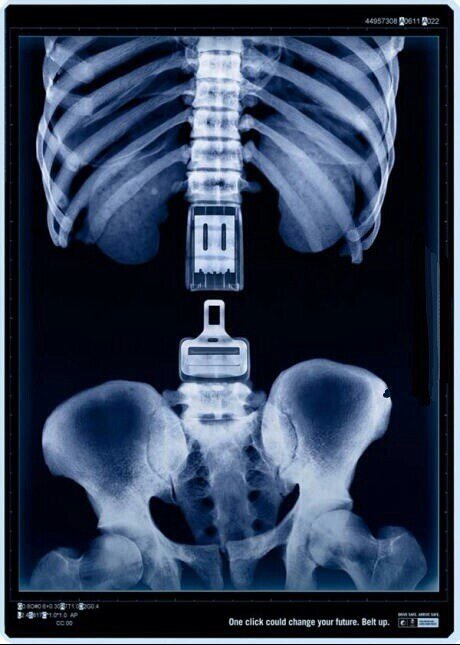
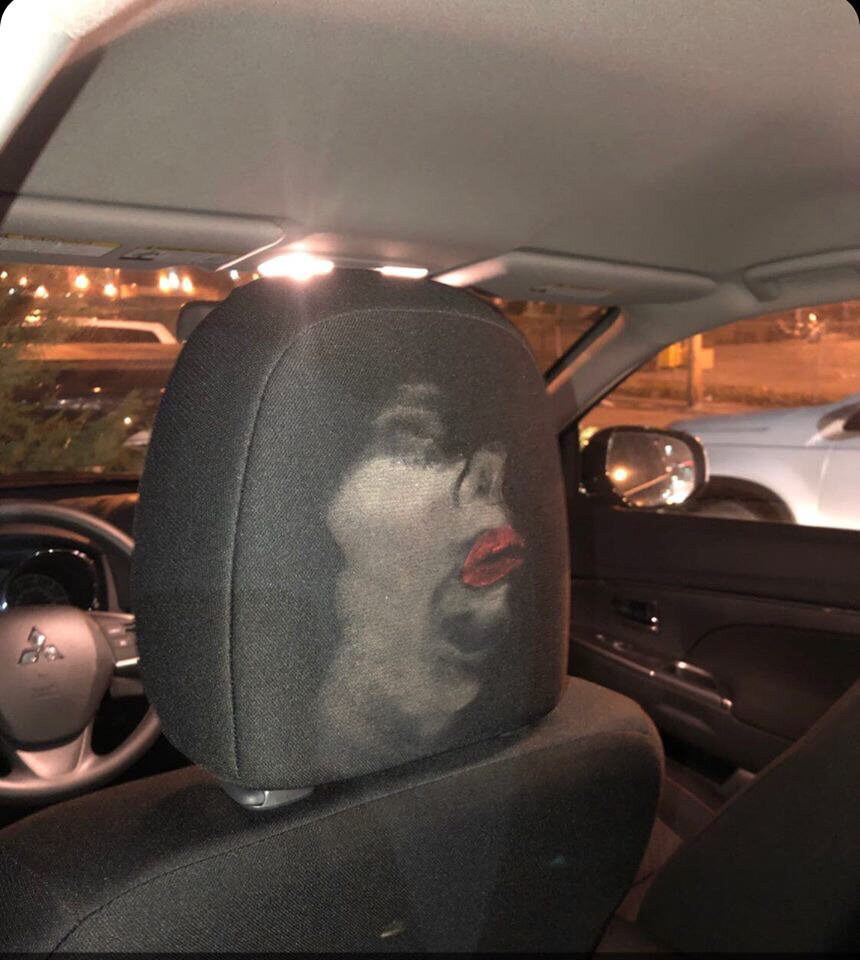
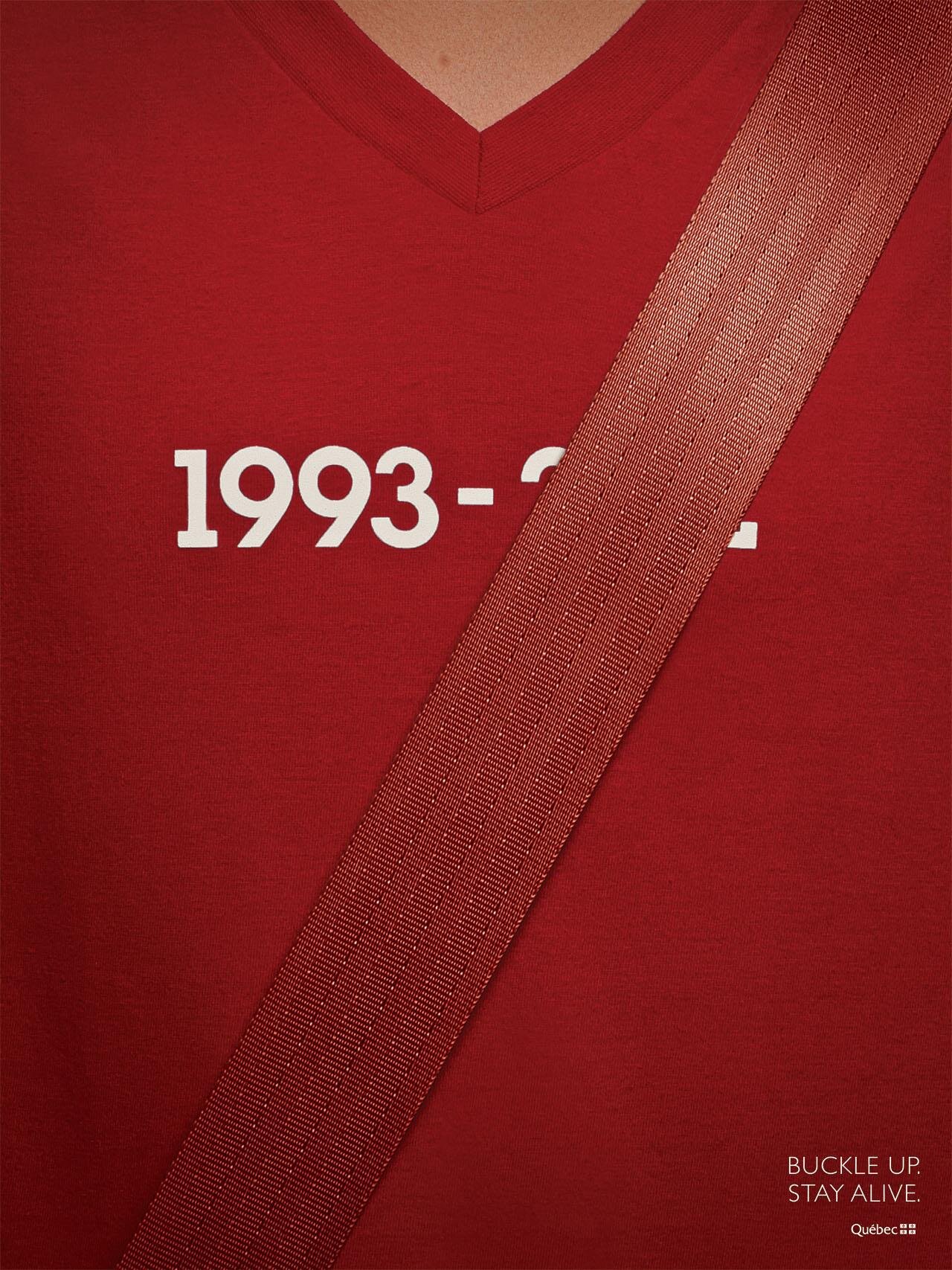
In the U.S. we generally talk about seat belts as a reactive tool: they protect us when we crash. Of course seat belts help reduce injuries and deaths, but they do so much to help us avoid a crash in the first place that it’s well worth it to change the way we talk about them.
Seat belts were originally developed in the 1800’s but first became popularized as a way to maintain control over early airplanes and race cars. In these vehicles, seat belts allowed the pilot/driver to maintain refined, precise control over the vehicle's controls but didn’t necessarily keep the pilot/driver safe if they crashed. Eventually, seat belts and vehicles were engineered to work together and can both allow you to control your vehicles and keep you safe if you crash.
If you’re a good driver with the knowledge, skills, and abilities (KSAs) needed to control your vehicle, then it becomes incredibly important that you are held in place to actually use those KSA’s. If you’re not wearing your seat belt, you’ll use your legs and arms to brace hold yourself firmly in place behind the wheel and you’ll no longer be able to control the vehicle.
The Bottom Line: If you wear your seat belt you’ll be less likely to crash, the crashes you do get in will be less severe on average, and you’ll be less likely to sustain injuries or die in a crash.




